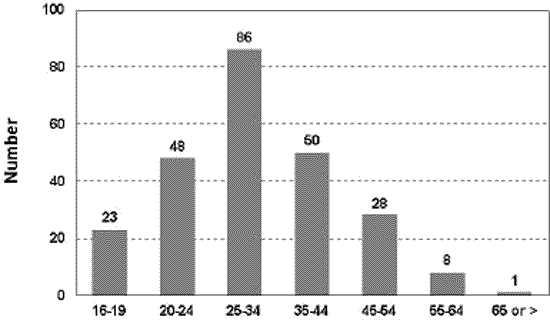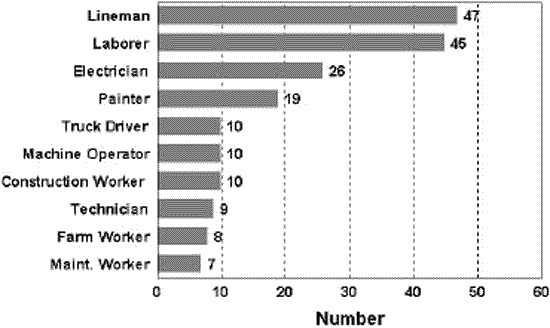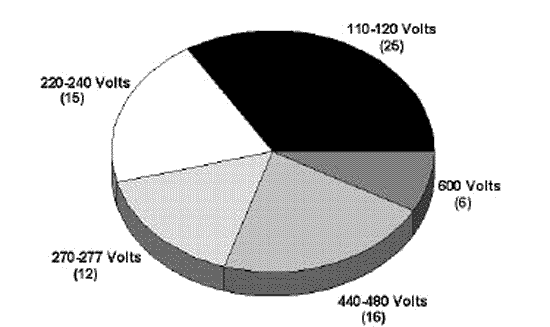ty
Senior Member
- Location
- 3rd Rock from the Sun
Dennis, IMO this is backwards and dangerous
Dennis' way is exactly how it should be done.
That's why I asked in an earlier post how the OP was going to do it.
Now, if the power co requires temp or permanent re-connect, depends on how to do it.
We always use H-Taps. even for temp hook-ups.
They are a permanent connection and, unlike the use of tomic connectors, they won't be loose until the permanent re-connect is done.
Some Power Co's here require a permanent reconnect (with H-Taps, not Fargos), while others will change whatever taps you install (even if you use H-Taps), and others will not allow you to do the re-connect.
I will state that if You (the OP) are an apprentice, You should NOT be doing this yourself.





